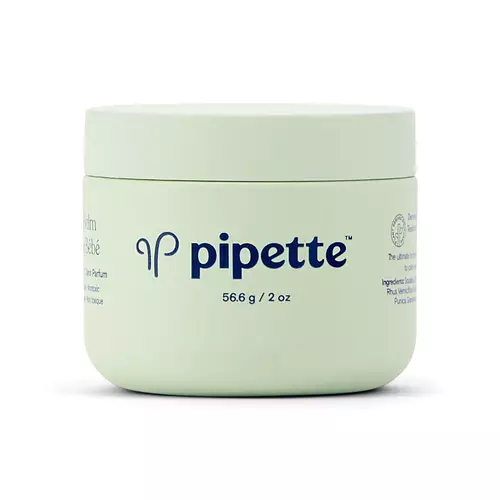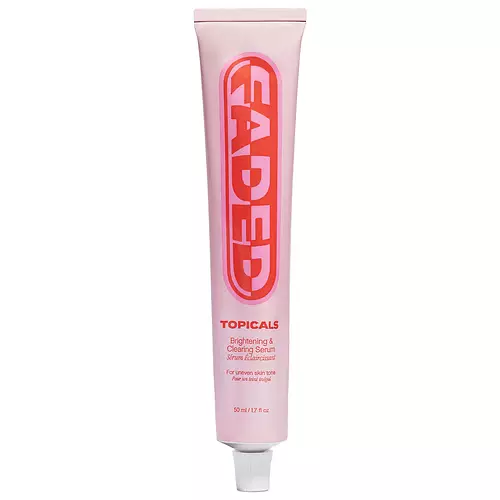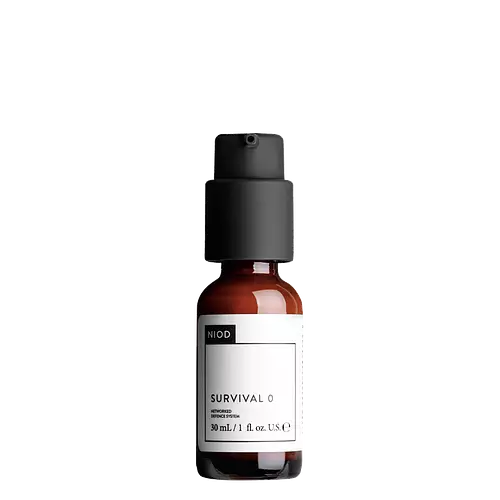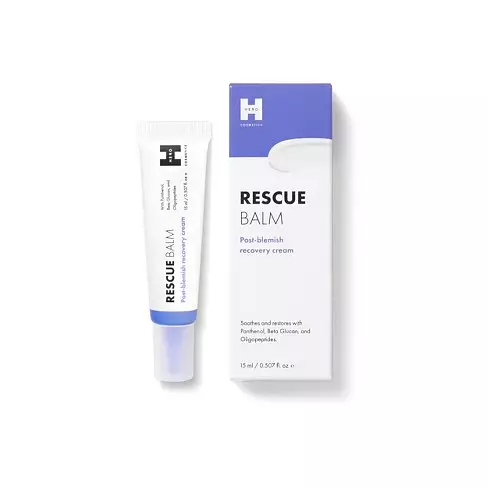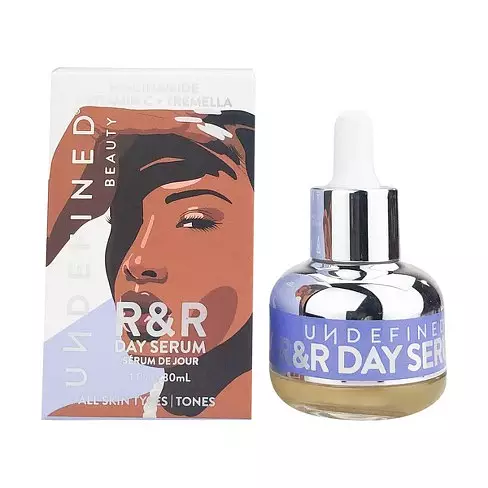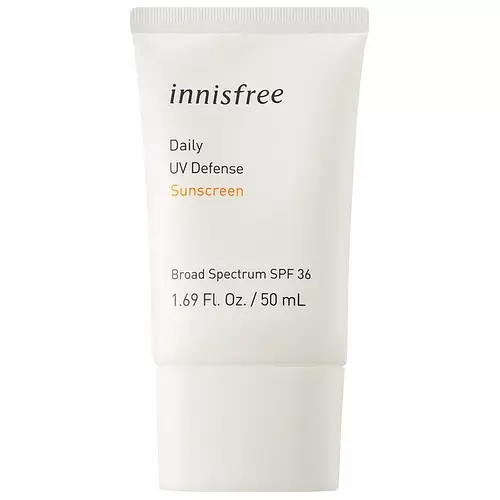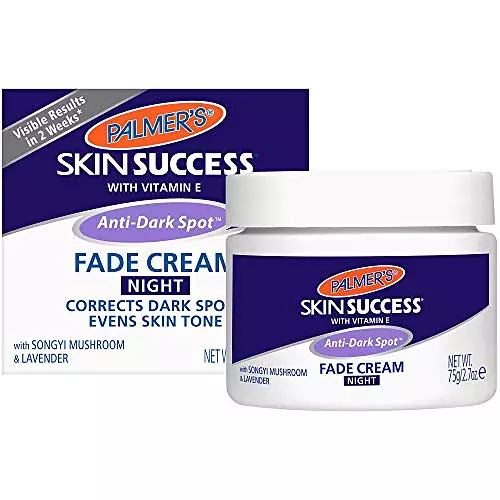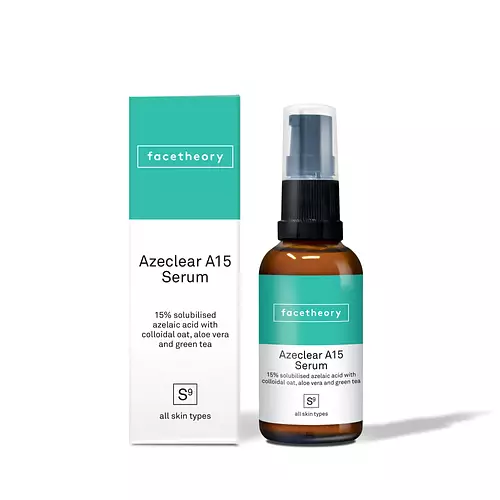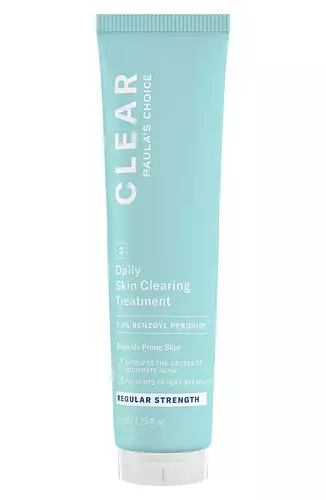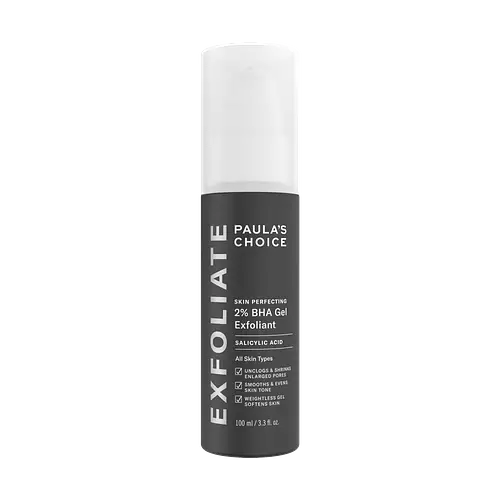Pipette Baby Balm Versus Topicals Faded Serum
Updated on July 18, 2023
Overview
What they are
These products are both vegan, cruelty-free, and reef safe . They have a total of 2 ingredients in common
Cool Features
They both contain Vitamin E
Suited For
They're both likely to be good for anti aging, dry skin, brightening skin and scar healing
Free From
They both do not contain any harsh alcohols, common allergens, fragrances, parabens, silicones or sulfates
We independently verify ingredients, and our claims are backed by peer-reviewed research. Spot a product that needs an update? Let us know.
Ingredient Info
Pipette Baby Balm 7 ingredients
Topicals Faded Serum 37 ingredients
At a glance
Click on any of the items below to learn more
Pipette Baby Balm 7 ingredients
Topicals Faded Serum 37 ingredients
Notable Ingredients
This product contains 1 ingredient that may have this attribute:
Benefits
This product contains 2 ingredients that may have this attribute:
This product contains 1 ingredient that may have this attribute:
This product contains 1 ingredient that may have this attribute:
This product contains 1 ingredient that may have this attribute:
Concerns
This product contains 1 ingredient that may have this attribute:
Notable Ingredients
This product contains 1 ingredient that may have this attribute:
This product contains 1 ingredient that may have this attribute:
This product contains 1 ingredient that may have this attribute:
Benefits
This product contains 5 ingredients that may have this attribute:
This product contains 1 ingredient that may have this attribute:
This product contains 5 ingredients that may have this attribute:
This product contains 2 ingredients that may have this attribute:
This product contains 2 ingredients that may have this attribute:
This product contains 1 ingredient that may have this attribute:
This product contains 4 ingredients that may have this attribute:
This product contains 4 ingredients that may have this attribute:
This product contains 2 ingredients that may have this attribute:
This product contains 4 ingredients that may have this attribute:
Concerns
This product contains 2 ingredients that may have this attribute:
This product contains 1 ingredient that may have this attribute:
This product contains 1 ingredient that may have this attribute:
This product contains 1 ingredient that may have this attribute:
Ingredients Side-by-side
Ingredients Explained
These ingredients are found in both products.
Ingredients higher up in an ingredient list are typically present in a larger amount.
Squalane is an emollient that helps the skin hold onto moisture. It's an oily liquid that occurs naturally in certain types of fish and plant oils.
Because squalane boosts hydration in the skin, it also comes with plenty of benefits: it is an antioxidant and can help fight free radicals and skin damage. Squalane is also found to have a detoxifying effect when applied.
Squalane comes from squalene, which occurs naturally within the sebum of our skin. It is one of the oils our skin produces to keep itself hydrated. Squalane is the hydrogenated version of squalene and has a longer shelf life.
Research shows that squalane is non-irritating (even at 100% concentration).
In general, it's a fantastic ingredient. It does a great job at hydrating the skin, and it's suitable for those with sensitive skin.
The source of squalane may impact malassezia / fungal acne. This is because olive oil derived squalane can contain impurities such as fatty acids and plant waxes. Sugarcane derived squalane is recommended for anyone with malassezia concerns.
Is squalane vegan?
This depends on the source. Squalane can be derived from both plants and animals. Most squalane used in skincare comes from plants.
Please note: the source of squalane is only known if disclosed by the brand. We recommend reaching out to the brand if you have any questions about their squalane.
Read more about squalene with an "e".
Learn more about SqualaneTocopherol (also known as Vitamin E) is a common antioxidant used to help protect the skin from free-radicals and strengthen the skin barrier. It's also fat soluble - this means our skin is great at absorbing it.
Vitamin E also helps keep your natural skin lipids healthy. Your lipid skin barrier naturally consists of lipids, ceramides, and fatty acids. Vitamin E offers extra protection for your skin’s lipid barrier, keeping your skin healthy and nourished.
Another benefit is a bit of UV protection. Vitamin E helps reduce the damage caused by UVB rays. (It should not replace your sunscreen). Combining it with Vitamin C can decrease sunburned cells and hyperpigmentation after UV exposure.
You might have noticed Vitamin E + C often paired together. This is because it is great at stabilizing Vitamin C. Using the two together helps increase the effectiveness of both ingredients.
There are often claims that Vitamin E can reduce/prevent scarring, but these claims haven't been confirmed by scientific research.
Learn more about TocopherolIngredient Ratings
Here's what our community thinks of the ingredients in these two products.
When to use
Pipette Baby Balm 7 ingredients
Topicals Faded Serum 37 ingredients

Reviews
Here's what our community thinks
Pipette Baby Balm 7 ingredients
SkylerMikalson
TLDR: If you're looking for a value vegan lip balm, don't use this. Use their stick version!
I experimented with using this as a lip balm, and...
TLDR: If you're looking for a value vegan lip balm, don't use this. Use their stick version!
I experimented with using this as a lip balm, and was disappointed. I liked it at first, but after a few days, I realized it was slowly burning my lips, and I developed a bit of a crack in one of the corners of my mouth.
I did a bit of research, and as far as I can tell, on of the ingredients - Rhus verniciflua peel wax - contains Urushiol, the compound in poison ivy and poison oak that causes rashes. Maybe they do something to the wax to remove this compound, but if so, they must not remove all of it, because I have no idea what else in this balm could have caused my physical reaction.
It's insane to me that they would use such an ingredient in a product designed for babies!
I did, however, end up trying the stick version of their balm, which does not contain Rhus verniciflua peel wax, and I have used it for a while now with no burning (which further leads me to believe that's what gave me the reaction). I highly recommend giving that one a try as a lip balm.
Topicals Faded Serum 37 ingredients
AshN.
(Tried Nov 2022) One of the few brightening creams that I tried where I actually saw results. I only ever applied this as a spot treatment and not...
(Tried Nov 2022) One of the few brightening creams that I tried where I actually saw results. I only ever applied this as a spot treatment and not all over. Giving it 4 stars because I did find it slightly irritating and the smell was rather strong, so I ended up switching over to applying it as needed. I think the $18 Mini version was more than enough for me!
bsabrina
give it time to fade dark spots-glowy skin comes faster
Love this product. I was worried about all the actives in it because of my sensitive skin,...
give it time to fade dark spots-glowy skin comes faster
Love this product. I was worried about all the actives in it because of my sensitive skin, but I had no reactions or breakouts. It takes some time to fade dark spots & acne scars but after a few weeks (3-4) they should be noticeably lighter or almost gone. I noticed my skin seemed glowier and more clarified within a week or two. No noticeable difference for improving acne
